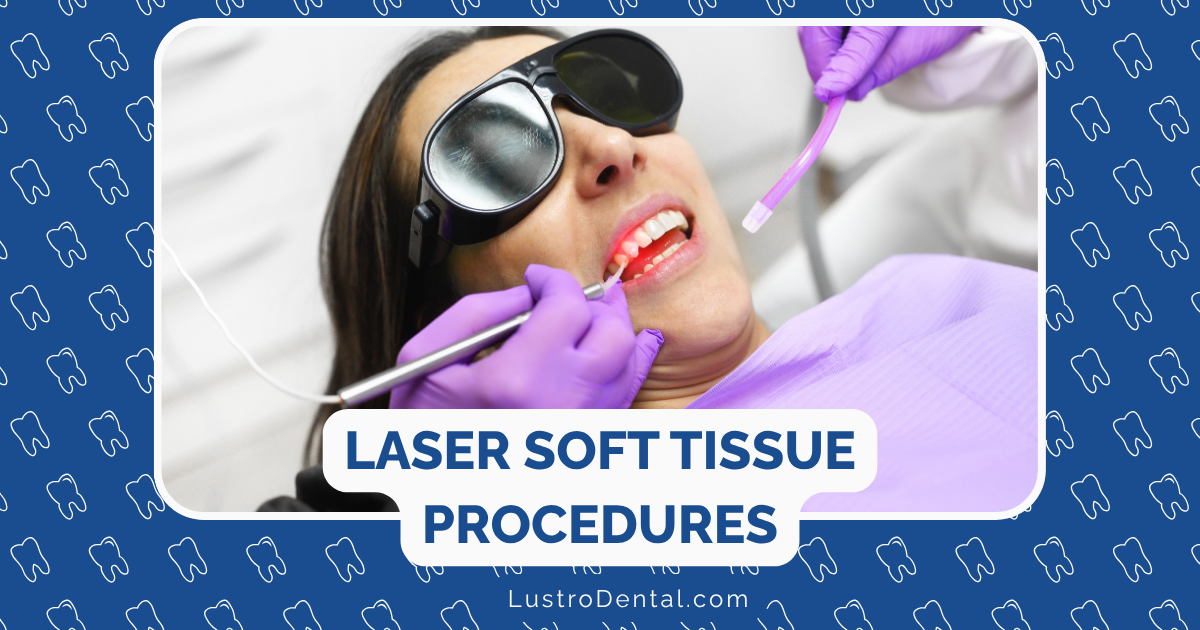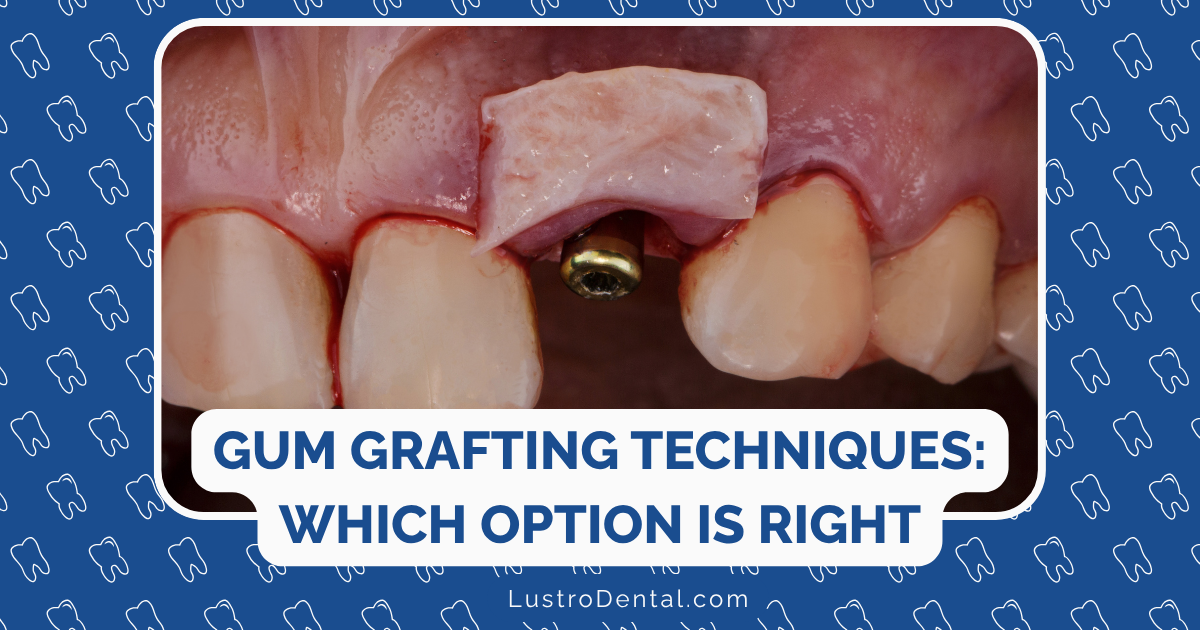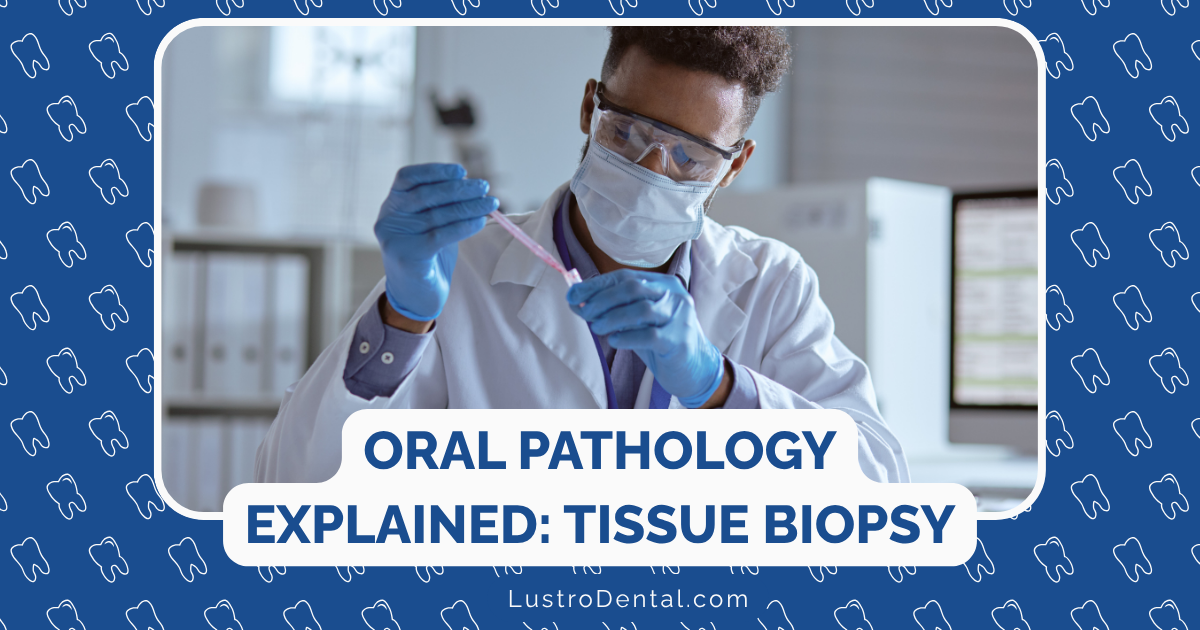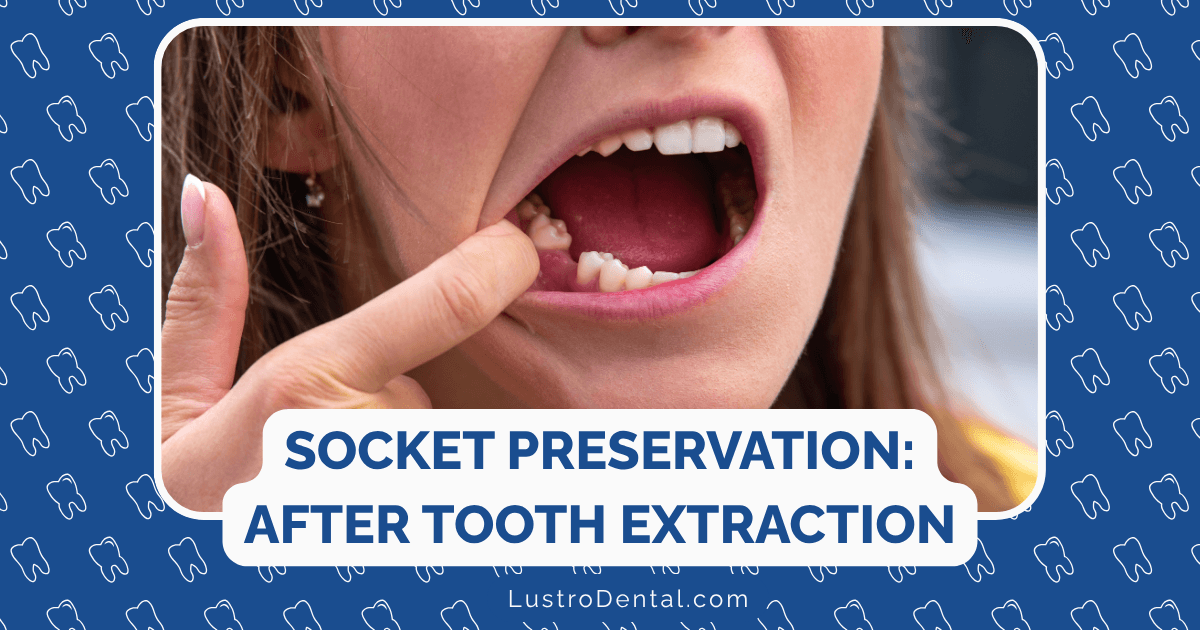Adult Frenectomy: Improving Speech and Preventing Gum Recession

When Mark, a 34-year-old marketing executive, came to our practice, he had two seemingly unrelated concerns. First, he was self-conscious about the gap between his front teeth that had reappeared years after orthodontic treatment. Second, he’d always struggled with pronouncing certain sounds, particularly “r” and “l,” despite years of speech therapy as a child. What Mark didn’t realize was that both issues stemmed from the same source: an overly tight frenum.
Many adults are surprised to learn that a simple, quick procedure called a frenectomy can address problems they’ve struggled with for years—from speech difficulties to receding gums and even persistent gaps between teeth. In this comprehensive guide, we’ll explore how this minor surgical procedure can make a major difference for adults.
What Is a Frenum and Why Does It Matter?
Before diving into frenectomy details, it’s important to understand what a frenum is and how it can cause problems.
Types of Oral Frena
A frenum (or frenulum) is a small fold of tissue that restricts or limits the movement of a mobile organ. In your mouth, there are several important frena:
- Lingual frenum: Connects the underside of your tongue to the floor of your mouth. When too tight or attached too close to the tongue tip, it causes “tongue tie” (ankyloglossia).
- Labial frenum: Connects your upper or lower lip to your gums. The upper labial frenum is the one you can feel if you run your tongue between your upper lip and gum.
- Buccal frena: Connect your cheeks to your gums in the molar region.
Dr. Sarah Johnson of the American Academy of Periodontology explains: “While frena are normal anatomical structures, their size, position, and attachment can vary significantly between individuals. When a frenum is overly prominent or attached in a problematic location, it can lead to functional and aesthetic issues.”
How Problematic Frena Affect Adults
Speech Impediments and Tongue Mobility
A tight lingual frenum (tongue tie) can restrict tongue movement, affecting speech in several ways:
- Limited tongue elevation: Makes it difficult to produce sounds that require the tongue to touch the roof of the mouth, like “t,” “d,” “n,” and “l”
- Restricted tongue extension: Affects sounds like “r” that require forward tongue movement
- Impaired lateral tongue movement: Makes it difficult to clean food from the sides of the mouth and can affect certain speech sounds
According to research published in the Journal of Communication Disorders, approximately 10% of adults with persistent speech difficulties have some degree of tongue tie that was never addressed in childhood.
“Many adults have compensated for their tongue tie through years of adaptation,” explains Dr. Robert Wilson, a speech-language pathologist. “They may have found ways to produce sounds that sound close enough to normal, but the effort required is greater, and perfect articulation remains elusive.”
Gum Recession and Periodontal Health
An overly tight or poorly positioned labial frenum can contribute to gum recession in several ways:
- Direct tissue pulling: When the frenum attaches too close to the gum margin, it can physically pull the gum away from the tooth during speaking, smiling, or eating.
- Interference with oral hygiene: A prominent frenum can make it difficult to brush properly in that area, leading to plaque accumulation and eventual gum disease.
- Tension during orthodontic treatment: During tooth movement, a tight frenum can resist repositioning, creating tension on the gingival tissues.
A study in the Journal of Periodontology found that high frenum attachment was associated with a 30% increased risk of gum recession in the adjacent teeth.
Dental Spacing Issues
A large or low-attached upper labial frenum can create or maintain a gap between the front teeth (diastema). While some people view this as a distinctive feature, others find it aesthetically concerning, especially when:
- The gap reopens after orthodontic treatment
- Food frequently gets trapped in the space
- The gap is asymmetrical or particularly wide
When Is a Frenectomy Recommended for Adults?
A frenectomy may be recommended when a problematic frenum is causing functional or aesthetic issues:
For Lingual Frenectomy (Tongue Tie Release):
- Persistent speech difficulties despite speech therapy
- Difficulty with tongue movements affecting eating or oral hygiene
- Tension, fatigue, or pain in the tongue during extended speaking
- Social or professional impacts of speech concerns
For Labial Frenectomy:
- Progressive gum recession linked to frenum pull
- Persistent gap between teeth despite orthodontic treatment
- Difficulty maintaining oral hygiene due to frenum position
- Pain or irritation caused by frenum tension
Dr. Michael Chen of Mayo Clinic notes: “Adult frenectomy is often overlooked as a solution to long-standing problems. Many patients have been told to ‘live with’ these issues or pursue more complex interventions when a simple frenectomy might provide significant improvement.”
The Adult Frenectomy Procedure: What to Expect
Many adults avoid seeking treatment due to concerns about pain or complexity. Understanding the procedure can help alleviate these fears.
Before the Procedure
- Comprehensive evaluation: Your dentist or periodontist will assess your frenum attachment and discuss how it relates to your symptoms.
- Coordination with other providers: In cases of speech issues, consultation with a speech-language pathologist may be recommended before and after the procedure.
- Treatment planning: Your provider will explain the specific technique recommended for your situation and what to expect.
During the Procedure
Adult frenectomy is typically a quick procedure (often 15-30 minutes) that can be performed using several techniques:
Traditional surgical approach:
- Local anesthesia ensures comfort
- Small surgical scissors or scalpel release the frenum
- Dissolvable sutures may be placed
- Healing typically takes 1-2 weeks
Laser frenectomy:
- Local anesthesia is still used for comfort
- Dental laser precisely releases the frenum
- Minimal bleeding due to laser cauterization
- Usually no sutures required
- Often results in faster healing and less post-operative discomfort
Dr. Lisa Rodriguez, a periodontist specializing in laser procedures, explains: “Laser frenectomy has become increasingly popular for adult patients due to its precision, reduced discomfort, and faster recovery time. The laser seals blood vessels and nerve endings as it works, resulting in minimal bleeding and post-operative pain.”
After the Procedure
Recovery from an adult frenectomy is typically straightforward:
- Immediate aftermath: Minor discomfort managed with over-the-counter pain relievers
- First few days: Soft diet recommended to avoid irritation
- Oral hygiene: Gentle rinsing with prescribed mouth rinse or salt water
- Healing progression: Initial healing occurs within 7-10 days, with complete tissue remodeling over several weeks
- Follow-up care: May include exercises to prevent reattachment (particularly for lingual frenectomy) or coordination with speech therapy
Benefits of Frenectomy for Adults
Speech Improvements
For adults with tongue tie, a lingual frenectomy can lead to significant speech improvements:
- Enhanced tongue mobility: Immediately noticeable increased range of motion
- Improved articulation: Particularly for sounds requiring tongue elevation or extension
- Reduced speaking effort: Many patients report less fatigue during extended conversation
- Boosted confidence: Reduced self-consciousness about speech patterns
A study published in the International Journal of Speech-Language Pathology found that 85% of adults who underwent lingual frenectomy for speech concerns reported noticeable improvement, with the best results occurring when the procedure was followed by speech therapy.
“The combination of releasing the physical restriction and then retraining the tongue through speech therapy creates optimal outcomes,” notes Dr. Wilson. “The brain needs to learn new movement patterns once the restriction is removed.”
Gum Health Benefits
Labial frenectomy can significantly impact periodontal health:
- Reduced tension on gingival margin: Stops the active pulling that contributes to recession
- Improved access for oral hygiene: Makes it easier to brush and floss effectively
- Stabilized gum position: Prevents progressive recession
- Enhanced outcomes for gum grafting: When combined with gum grafting procedures for existing recession
Research in the Journal of Clinical Periodontology indicates that frenectomy combined with proper oral hygiene instruction can halt progression of recession in 90% of cases where frenum pull was a contributing factor.
Aesthetic Improvements
Beyond functional benefits, frenectomy often provides aesthetic improvements:
- Stable tooth positioning: Reduces the chance of gaps reopening after orthodontic treatment
- Improved smile appearance: Less visible frenum tissue when smiling
- Better gum symmetry: Particularly when addressing uneven recession
- Enhanced results from cosmetic dental work: Creates a more stable foundation for veneers or bonding
Mark’s Story: Life After Frenectomy
Returning to Mark from our introduction, he decided to proceed with both upper labial and lingual frenectomies. The procedures were performed using a dental laser in a single appointment.
“I was surprised by how quick and painless it was,” Mark shared. “The recovery was much easier than I expected—just some minor soreness for a few days.”
Three months after his procedures, Mark reported significant improvements:
- The gap between his front teeth had narrowed considerably
- His gum recession had stabilized, and his dentist was no longer concerned about the long-term health of those teeth
- With the help of a few speech therapy sessions, his pronunciation of challenging sounds had improved noticeably
- He felt more confident in professional speaking situations
“I wish I’d known about this years ago,” Mark reflected. “I spent so much time and money on orthodontics and speech therapy without addressing the underlying issue.”
Is Adult Frenectomy Right for You?
If you’re experiencing any of these issues, you might consider discussing frenectomy with your dental provider:
- Persistent speech difficulties despite previous therapy
- Receding gums, particularly between your front teeth
- A gap between teeth that has returned after orthodontic treatment
- Difficulty keeping certain areas of your mouth clean
- Tension or discomfort when speaking, eating, or moving your tongue
A comprehensive evaluation by a dentist, periodontist, or oral surgeon can determine whether your frenum attachment is contributing to these problems and if a frenectomy might help.
Finding the Right Provider
For optimal results, look for a provider who:
- Has specific experience with adult frenectomies
- Offers both traditional and laser options
- Takes a comprehensive approach, considering both functional and aesthetic concerns
- Coordinates with other specialists (orthodontists, speech therapists) when needed
- Provides clear aftercare instructions and follow-up
Conclusion: A Simple Solution to Long-Standing Problems
Adult frenectomy represents a relatively simple intervention that can address problems many people have struggled with for years. From improved speech to better gum health and enhanced aesthetics, the benefits can be life-changing.
If you’ve been told to “live with” speech difficulties, are concerned about gum recession, or are frustrated by a persistent gap between your teeth, consider discussing whether a frenum attachment might be contributing to these issues. A quick consultation could lead to a solution you never knew was possible.
Common Questions About Adult Frenectomy
Is a frenectomy painful for adults?
How long is the recovery period?
Will I need speech therapy after a lingual frenectomy?
Is it ever too late for a frenectomy?
Will my insurance cover an adult frenectomy?
Have you undergone a frenectomy as an adult? We’d love to hear about your experience in the comments below.







